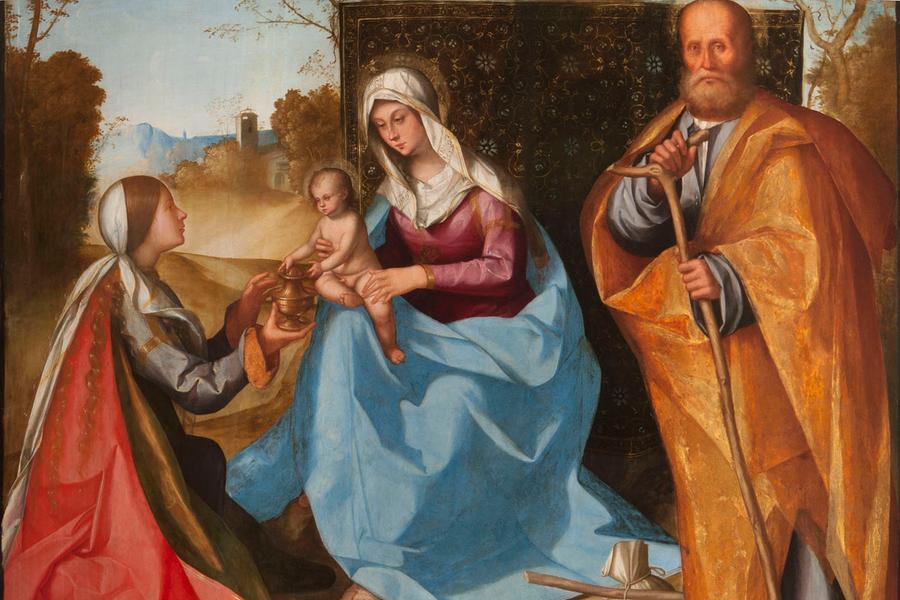Jane Fonda has a favorite perfume that connects her to a loved one, and it’s a French brand! Zoom.
In life, there are smells that take us back to a specific moment. Others that remind us of a loved one, or even a period of our life. When we feel them again, the memories come back to us like a trip back in time. These perfumes remain dear to our hearts and truly never leave us. It’s not the actress Jane Fonda who will say the opposite!
During an interview, the cinema legend spoke about his favorite fragrance. Launched by a French brand in the 2010s, it managed to conquer the star as she told us. Jane Fonda never had a particular attachment to a creation, until the day she joined her best friend: “She was angry, so I hugged her. She smelled so good, and I asked her what she was wearing.“The answer? Portrait of a Lady from the house of Frédéric Malle.”Now I only wear that. And everyone asks me the name of my perfume. I’m sending it to all my friends too“, she continues.
The story of this fragrance is quite unique. Yet very divisive, Portrait of a Lady was designated upon its release as one of the contemporary masterpieces of perfumery. Initially, Frédéric Malle wanted a creation centered on roses, but far from the sweet and powdery smells that we often see. He wants the juice to be powerful, to make an impact. He then called on the nose Dominique Ropion, to whom we owe Alien by Mugler, Flowerbomb by Viktor & Rolf, and La Vie Est Belle by Lancôme. To imagine it, the professional draws inspiration from the novel by Henry James, The Portrait of a Lady which tells the story of Isabel Archer, a young American woman who left to live in Europe after the death of her father. The fragrance must be like the heroine: complex, elegant, with character. The result? The perfume opens with Turkish rose, approximately 400 flowers are needed for a 100 ml bottle, with which patchouli, incense, sandalwood, benzoin and musk are mixed.
The scent is sensual, powerful, almost oriental. In his book On Perfume Making (2011), Frédéric Malle even describes it as “a majestic, imposing rose, with an aristocratic bearing, which impresses more than it charms.“







